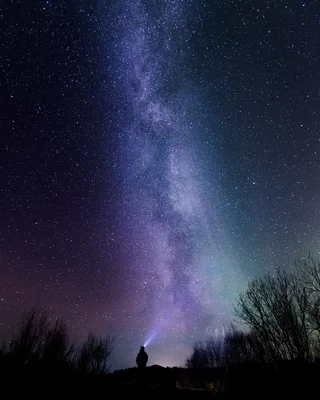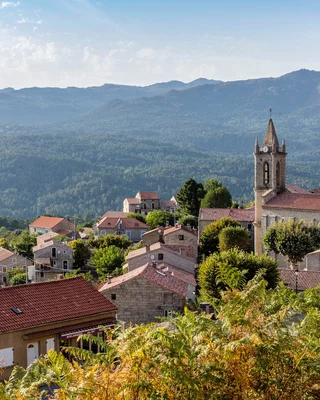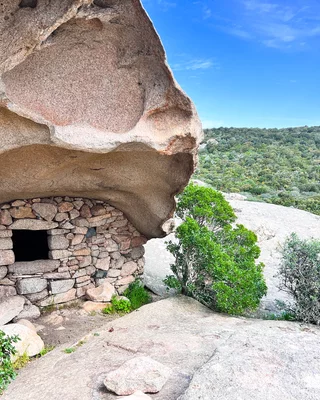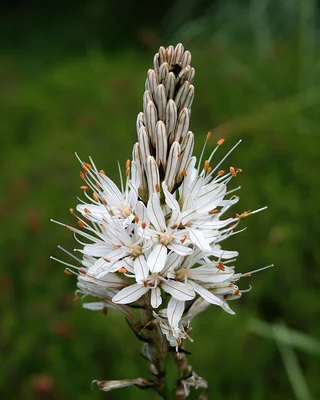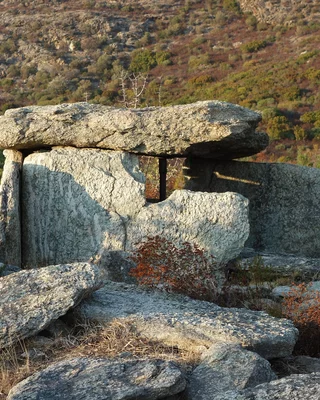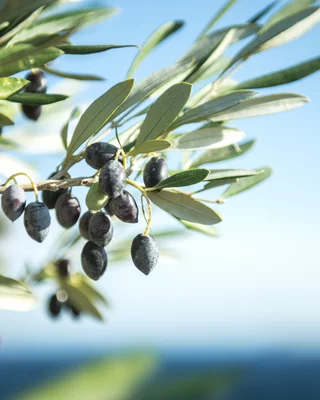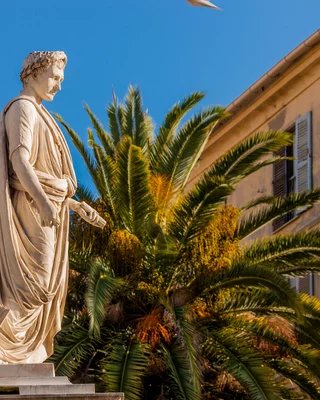Cultural eco-tourism in Corsica
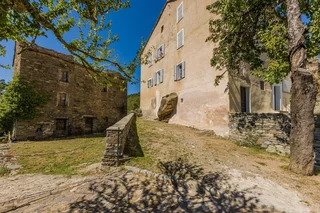
The World Tourism Organization (WTO) defines ecotourism as one of the branches of "sustainable tourism": ecotourism aims to minimize impact on the environment in order to preserve it in the long term. Ecotourism is generally carried out in small groups, within small structures. Today, our article will focus on cultural ecotourism in Corsica, which emphasizes the discovery and enhancement of cultural heritage and traditions, while taking an ecological and sustainable approach.
A land rich in tradition, Corsica is brimming with stories that have left their mark on the landscape and on Corsican know-how. From Genoese towers and Romanesque chapels to impressive citadels and Baroque churches, follow in the footsteps of the Great Men of Corsica. A unique cultural ecotourism experience to discover Corsican traditions and be seduced by Corsican art and know-how.
Discovering Corsica's cultural heritage
With just under 300 protected monuments, Corsica is a veritable open-air museum! Most of these well-preserved historic monuments await you. What's more, almost every Corsican town has its own museum where you can immerse yourself in the history and evolution of the Isle of Beauty.
Historical monuments
From Cap Corse to Bonifacio, the Corsican landscape abounds with numerous historic sites and monuments, most of them well-preserved:
- Calvi: Notre Dame de la Serra chapel. Visit the citadel with Christopher Columbus.
- Belgodère: Saint Thomas church. Baroque building erected in 1560.
- Algajola: Castle.
- Aregno: Eglise de la Trinité in Aregnu, a masterpiece of Romanesque-Pisan art built in the 12th century with blocks of granite of different colors.
- Calenzana: Saint Blaise church, listed as a historic monument in 1981. Sainte Restitude church.
- Cateri: Cateri church.
- Corbara: Notre Dame chapel in Corbara, Saint Dominique convent, L'Annonciation church.
- Galeria: The Genoese Tower.
- L'Ile-Rousse: Church of the Immaculate Conception, covered market.
- Lumio: Saint Peter and Paul chapel.
- Montegrosso: Saint Augustin de Montemaggiore church.
- Pigna: Enclos A. Vaccaghja. Ancient cattle pen.
- Zilia: Alziprato convent, a fine 16th-century building.
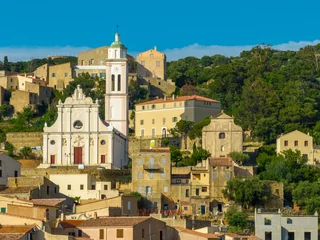
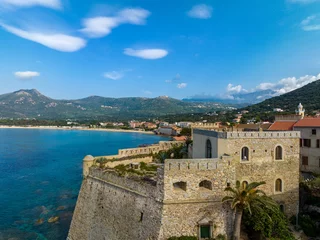
Museums in Corsica
Gathering objects and writings that have survived looting and destruction, Corsica's museums are an opportunity to discover surprising objects used in Corsican life in the past, but also by great men. Here are a few museums not to be missed:
- Musée de la Corse in Corte.
- Pascal Paoli Museum in Morosaglia.
- Museum of Bastia.
- Musée Fesch in Ajaccio. Italian Renaissance painting.
- Bonaparte Museum. Former home of the Bonaparte family in Ajaccio, -Maison Bonaparte.
- Voce Cultural Center in Pigna.
- Archaeological museum in Aléria.
- Guy Savelli's private museum in Corbara - History of Corsica.
Prehistoric sites
Located between Ajaccio and Bonifacio, the prehistoric sites of Filitosa, Cauria and Palagione are sure to impress! These sites illustrate the daily life of the island's ancient civilizations.
- Filitosa (Sollacaro): Corsica's most visited archaeological site.
- Palaggio (Sartène): The largest alignment of menhirs in the western Mediterranean.
- Cauria (Sartène): The most representative megalithic site in Corsica.
Other sites to discover:
- Castello di Contorba, Olmeto
- Settiva dolmen in Petreto-Bicchisano
- The Focce prehistoric monument in Argiusta-Moriccio.
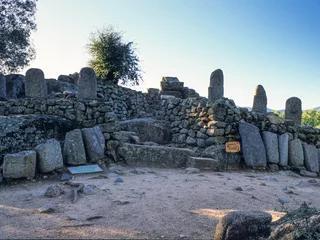

History of the Great Men of Corsica
A people proud of its traditions and history, Corsica is famous for the great men who have shaped its history:
- Vincentello d'Istria (1380-1434)
- Sampieru Corsu (1498-1567)
- Théodore Neuhof (1694-1756)
- Ghjuvan Petru Gaffori (1704-1753)
- Pasquale Paoli (1725-1807)
- Napoleon Bonaparte (1769-1821)
- Prosper Mérimée (1803-1870)
- Jean Nicoli (1899-1943)
- Gabrieli Peri (1902-1941)
- Danielle CASANOVA (1909-1942)
- Fred Scamaroni (1914-1943)
- Dominique Lucchini (1919-1943)
Great men have also left their mark on French history, such as Napoleon Bonaparte and Pasquale Paoli, who drew up the Corsican constitution. A constitution that inspired both the French and American Constitutions.
What are Corsican traditions?
To nourish memories and maintain a link between generations, the perpetuation of culture and traditions plays an important role in Corsica.
Language and hospitality
Proud and attached to their language, a keen ear will help you understand certain words. A Romance language very close to the dialects spoken in Italy, it is spoken all over the island and as far away as Sardinia! The University of Corsica Pasquale Paoli, located in Corte, plays an essential role in the preservation, promotion and study of the Corsican language.
Corsican hospitality is legendary. It's characterized by genuine human warmth, a deep sense of community and a pride in sharing the island's richness with visitors. While hiking in the mountains, it's not uncommon for a traveler to be invited by a Corsican shepherd to share a piece of fresh, locally-produced goat's cheese, accompanied by anecdotes about local life. This spontaneity and generosity embody the very essence of Corsican hospitality, where every encounter is transformed into a memorable souvenir.
Music and song
Corsica is all about the voices of the island's many groups, all singing in the Corsican language. Although Corsica is very much a Christian country, song and dance punctuate popular events (fairs, village festivals, etc.) as well as family celebrations. Polyphonic singing, for example, is performed at times of jubilation as well as sadness, and "u chjam'e rispondi" are poetic jousts in which two singers improvise a precisely rhymed duel. Songs and dances are handed down from generation to generation.
Southern cuisine
When it comes to gastronomy, Corsica is no slouch with its many regional specialties! Corsican charcuterie alone makes the island a benchmark. And don't forget to try goat's and sheep's cheeses, accompanied by a local wine. Corsican honey made in the mountains will seduce you with its incomparable flavor! Most restaurants offer a delicious menu of regional dishes. In winter and spring, be sure to try Brocciu in all its forms!
Handicrafts
Present in markets, towns and even small villages, Corsican craftsmen offer unique pieces made from local materials. These include cutlers, blacksmiths, cabinetmakers, glassmakers and potters, all of whom are passionate about their craft. Some workshops even offer demonstrations! Come and meet the 200 people involved in arts and crafts in Corsica.
With Corsicatours and its partners, explore the Authentic Sensory Route (strada di I Sensi) and discover the wealth of Corsican know-how: a cultural ecotourism that will take you to the heart of Corsica, both in its everyday life and in its beautiful mountains.
Any questions? Our local experts have the answer!
Why is Corsica called Corsica?
The name "Corsica" has its origins in ancient times. The first Mediterranean civilizations to discover the island attributed various names to it, but it was the name "Korsai", given by the Greeks, that persisted and evolved over the centuries to become "Corse" in French. This etymological heritage reflects the island's importance in Mediterranean history and bears witness to its rich cultural and commercial past.
What is the history of Corsica?
Corsica has a long and eventful history spanning thousands of years. Before becoming part of the Kingdom of France, the island was influenced by various Mediterranean civilizations, from Roman occupation to the successive reigns of Pisa and Genoa. The 19th century marked a decisive turning point with the official annexation of the island by France. However, this integration did not put an end to Corsican society's aspirations for identity. Over the course of the 20th century and right up to the present day, various nationalist movements have called for greater autonomy or independence for Corsica, testifying to the complexity of its identity.
What are Corsica's main resources?
Although an integral part of the French regions, Corsica has a distinct identity and resources that make it unique. A large part of Corsica's economy is based on tourism, thanks to its picturesque landscapes, pristine beaches and cultural heritage. In addition to tourism, agriculture plays a key role, with the production of wine, citrus fruit, chestnuts and high-quality olive oil. Animal husbandry, particularly pig and goat farming, is also an essential traditional activity, as is fishing along its coasts.
